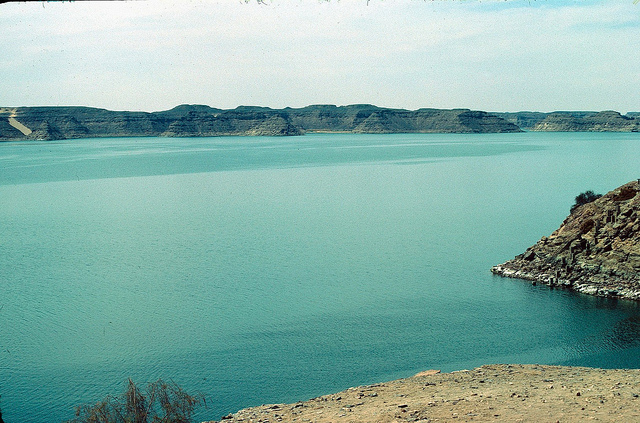
New Evidence Confirms Risk That Mideast May Become Uninhabitable
New evidence is deepening scientific fears, advanced few years ago, that the Middle East and North Africa risk becoming uninhabitable in a few decades, as accessible fresh water has fallen by two-thirds over the past 40 years.
This sharp water scarcity simply not only affects the already precarious provision of drinking water for most of the region’s 22 countries, home to nearly 400 million inhabitants, but also the availability of water for agriculture and food production for a fast growing population.
The new facts are stark: per capita availability of fresh water in the region is now 10 times less than the world average. Moreover, higher temperatures may shorten growing seasons in the region by 18 days and reduce agricultural yields a further 27 per cent to 55 per cent less by the end of this century.
Add to this that the region’s fresh water resources are among the lowest in the world, and are expected to fall over 50 per cent by 2050, according to the United Nations leading agency in the field of food and agriculture.
Moreover, 90 per cent of the total land in the region lies within arid, semi/arid and dry sub/humid areas, while 45 per cent of the total agricultural area is exposed to salinity, soil nutrient depletion and wind water erosion, adds the UN Food and Agriculture Organization (FAO).
Read the full article by Baher Kamal via IPS News Agency.
[Photo by Chuck Siefke | Flickr]







